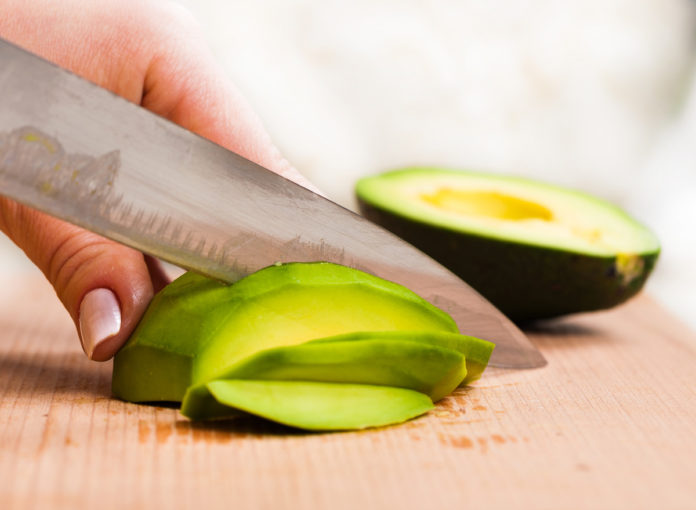From liquid-only detoxes to cabbage soup diets, there are plenty of tactics that promise to help you shed pounds fast—and miraculously stay slim for life. But most too-good-to-be-true weight loss plans are ineffective at best, and in some cases, can have serious health consequences. Oh, and not to mention, many quick weight loss strategies can leave you feeling pretty miserable, too. (The term “hangry” had to come from somewhere, right?)
“If it took you months or even years to gain unwanted weight, you shouldn’t expect to lose it overnight,” says Caroline Cederquist, MD, a weight management doctor and founder of the meal delivery service bistroMD. “And if you do, it will most likely be water weight.”
To help you stay on the straight and narrow toward true weight loss success and lasting results, we’ve sifted through the latest fads to uncover the unhealthiest ways to lose weight fast. Vow to never try any of them and shed those unwanted pounds with the help of these 15 Underrated Weight Loss Tips That Actually Work.
A juice-only diet might leave you feeling light and clean. Problem is, juices have almost zero protein. “So you’ll lose water weight and muscle mass, but not fat,” Cederquist says. And once you go back to solid food, those pounds will pile right back on. Whomp, whomp! Curious about all the other wonky things that can go down when you say no to solids? Then don’t miss our special report, what happens to your body on a juice cleanse.
RELATED: Sign up for our newsletter to get daily recipes and food news in your inbox!

Passing on breakfast, lunch, or dinner might be an easy way to drastically slash your calorie intake. But doing so will probably backfire. One recent animal study published in The Journal of Nutritional Biochemistry found that mice who ate just one meal daily wound up gorging on their food—and packing on unhealthy belly fat.
RELATED: Get lean for life with this 14-day flat belly plan.
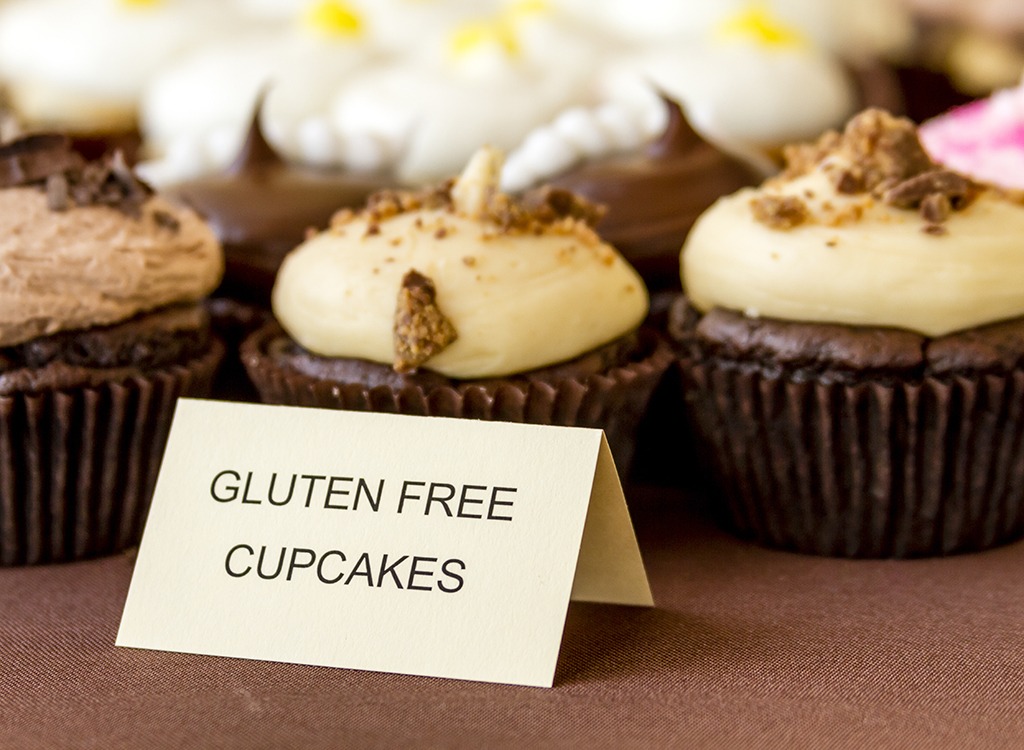
Despite what some celebrities might say, there’s no scientific evidence showing that a gluten-free diet will help you get lean. In fact, it might do the opposite—especially if you rely on gluten-free packaged foods like breads or muffins. “Manufacturers add extra fat, salt, and sugar to make up for the missing flavor and texture of gluten. So these foods are often higher in calories,” registered dietitian Jennifer McDaniel, MS, RDN, CSSD, LD, tells us.
For example, one slice of Ezekiel Sprouted Whole-Grain bread packs in four grams of protein, three grams of fiber, and zero sugar while one slice of Udi’s Gluten Free White Sandwich Bread contains nearly as many calories in addition to zero fiber and half the amount of protein. Instead of going gluten-free, nix simple carbs like white bread and slim down with the help of better-for-you starches like quinoa, fruit, beans, or any of these carbs that will uncover your abs.

Some findings do show that vinegar promotes healthier blood sugar levels and feelings of satiety. But since drinking highly acidic liquids like vinegar can irritate the throat and stomach it shouldn’t be something you do on the reg, Cederquist says, adding, “My recommendation is to use vinegar as a healthy alternative to salad dressings and to continue to eat a nutritionally balanced diet.” If you don’t have a go-to recipe, why not try these apple cider vinegar recipes and ideas!
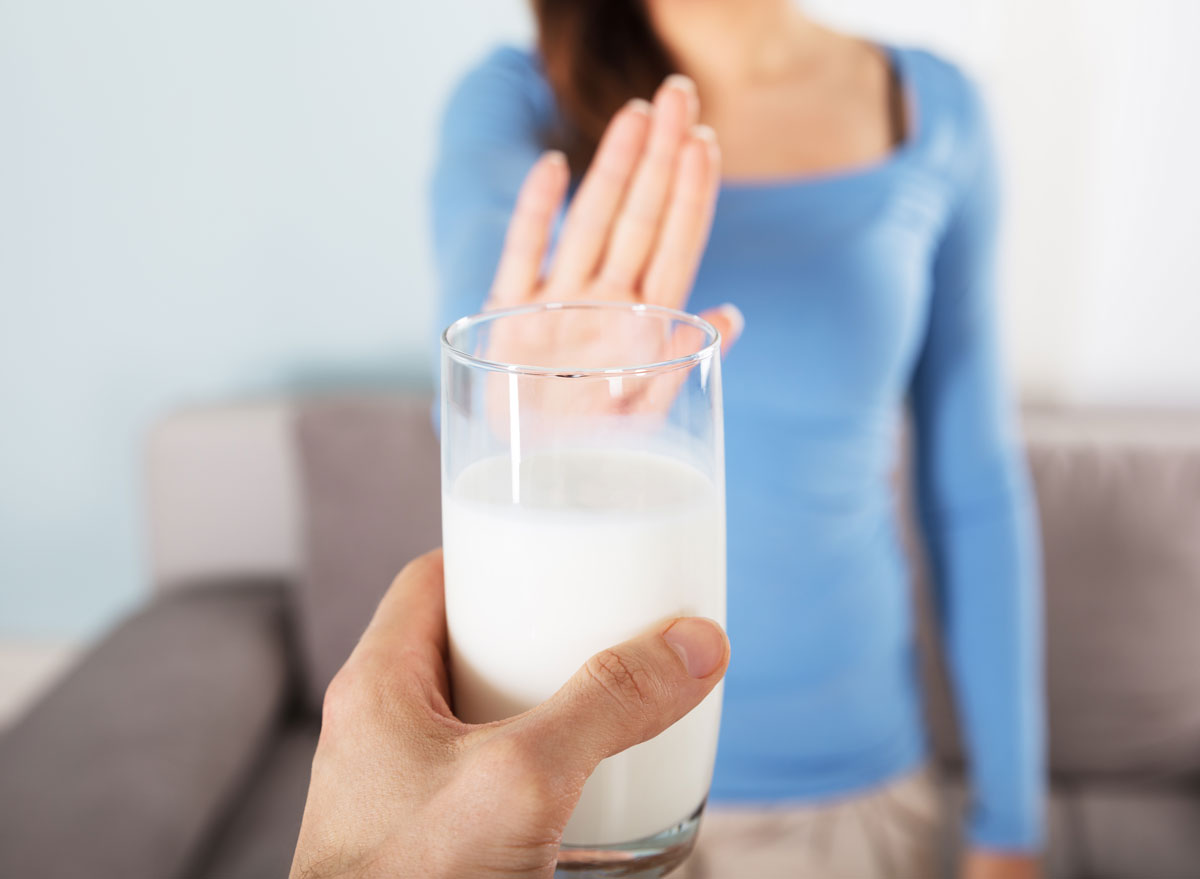
Foregoing all forms of fat—including healthy ones like olive oil and avocado—won’t just leave your food bland at tasteless, it could make you sick, too. Not eating enough fat has been associated with hunger, dry skin, and extreme mental fatigue. Not to mention, low-fat diets are completely ineffective for weight loss, according to a recent analysis of 53 studies and nearly 70,000 participants published in The Lancet.
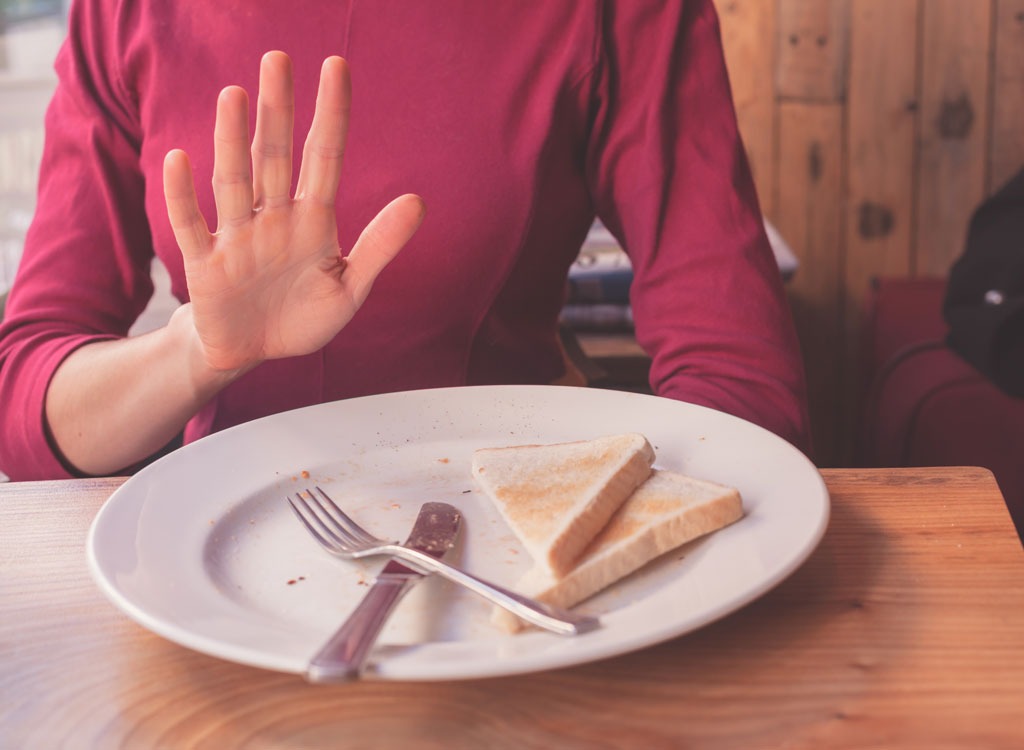
Sure, it might seem like swearing off carbs or sugar will be the answer to your weight problems but that’s simply not the case. “Each food group contains vital nutrients that our bodies need to function,” Cederquist says. Plus, you could find yourself with massive cravings for the foods you cut out. “It’s all about balance,” Cederquist adds.

If you prefer ice water over H2O that’s room temperature, that’s totally fine. But if you’re only adding ice cubes to your glass to lose weight, your efforts aren’t likely to pay off. You may have heard that drinking colder water forces your body to work harder (and subsequently burn calories) to bring the water up to your body’s internal temperature—and that’s 100 percent true. But the process only burns eight calories, say experts at The University of Washington. And sorry to say, when it comes to losing weight, eight measly calories just isn’t very meaningful. These ways to cut calories, however, can help you slash enough calories from your diet to actually notice a difference over time.
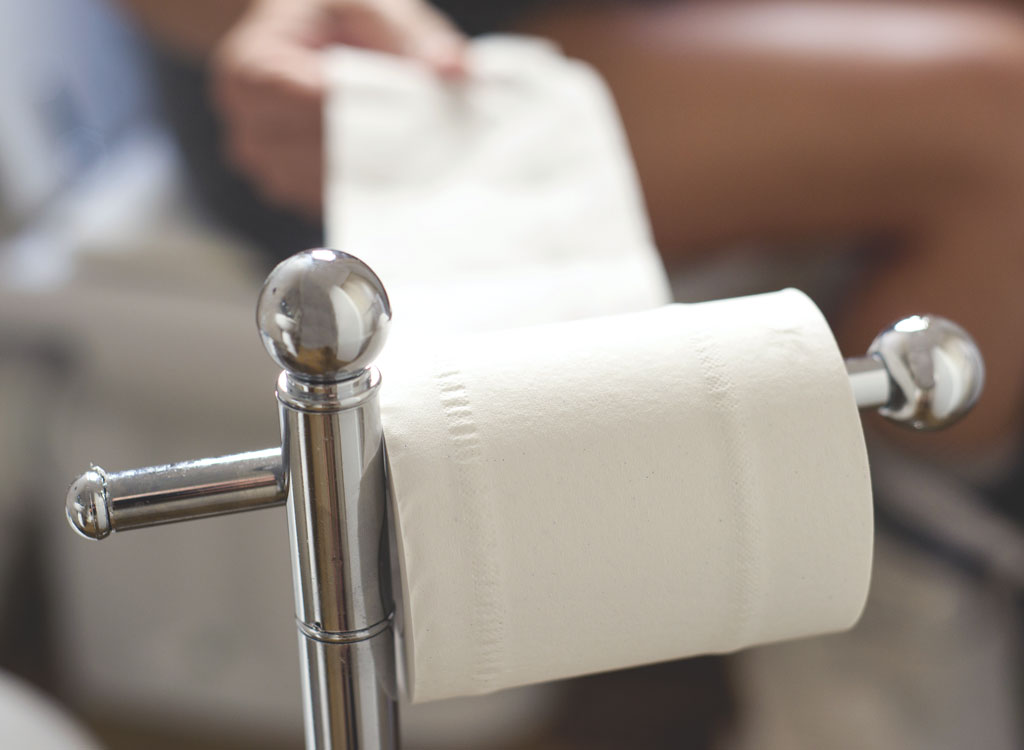
Laxative teas might leave you feeling, er, a little lighter. But they don’t actually help you lose weight—and they could be harmful. “Teas that cause an increase in bowel function are not helping you lose fat,” Cederquist says. “Rather, you are losing fluid, and can have [health] issues [as a result of] disrupting electrolyte levels.” If you like the idea of sipping tea to slim down, add some of these gentle—and safe—weight loss teas to your diet instead.
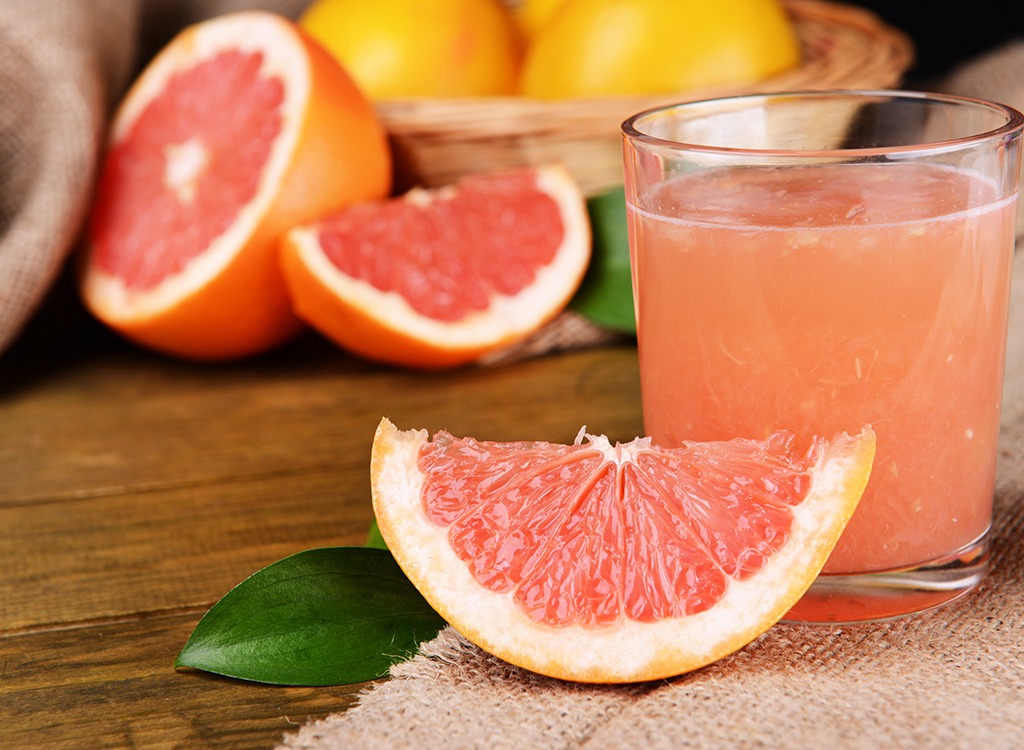
There’s a reason gimmicks like the Grapefruit Diet or Cabbage Soup Diet never really caught on. “They’re crash diets in disguise,” McDaniel says. “They might lead to short-term weight loss, but long-term, it’s a guarantee for weight gain and an unhealthy relationship with food.” Plus, eating only one thing makes it impossible to meet your nutritional needs and increases your odds of deficiencies.
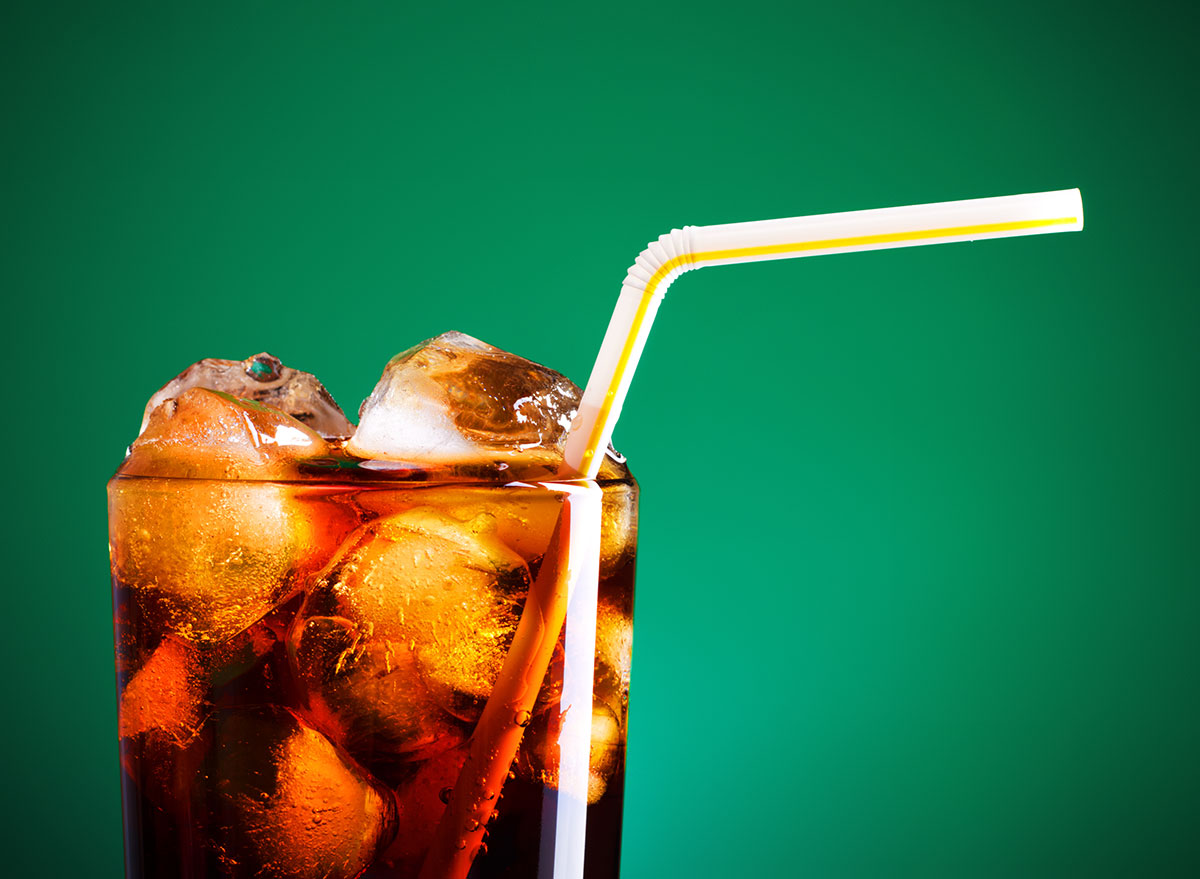
Going from sugary, high-calorie soda to diet pop may seem like it would help you drop pounds—but don’t be fooled. Diet beverages come with their own set of health risks. One long-term study published in The Journal of The American Geriatrics Society found that subjects who consumed artificial sweeteners (in diet soda and in other drinks, like coffee or tea) gained more weight and belly fat compared to subjects who skipped the stuff—even without increasing their calorie intake. Yikes! While we aren’t fans of soda, you’d be better off cutting back on the amount of regular cola that you drink and slowly weaning yourself off of it over time.
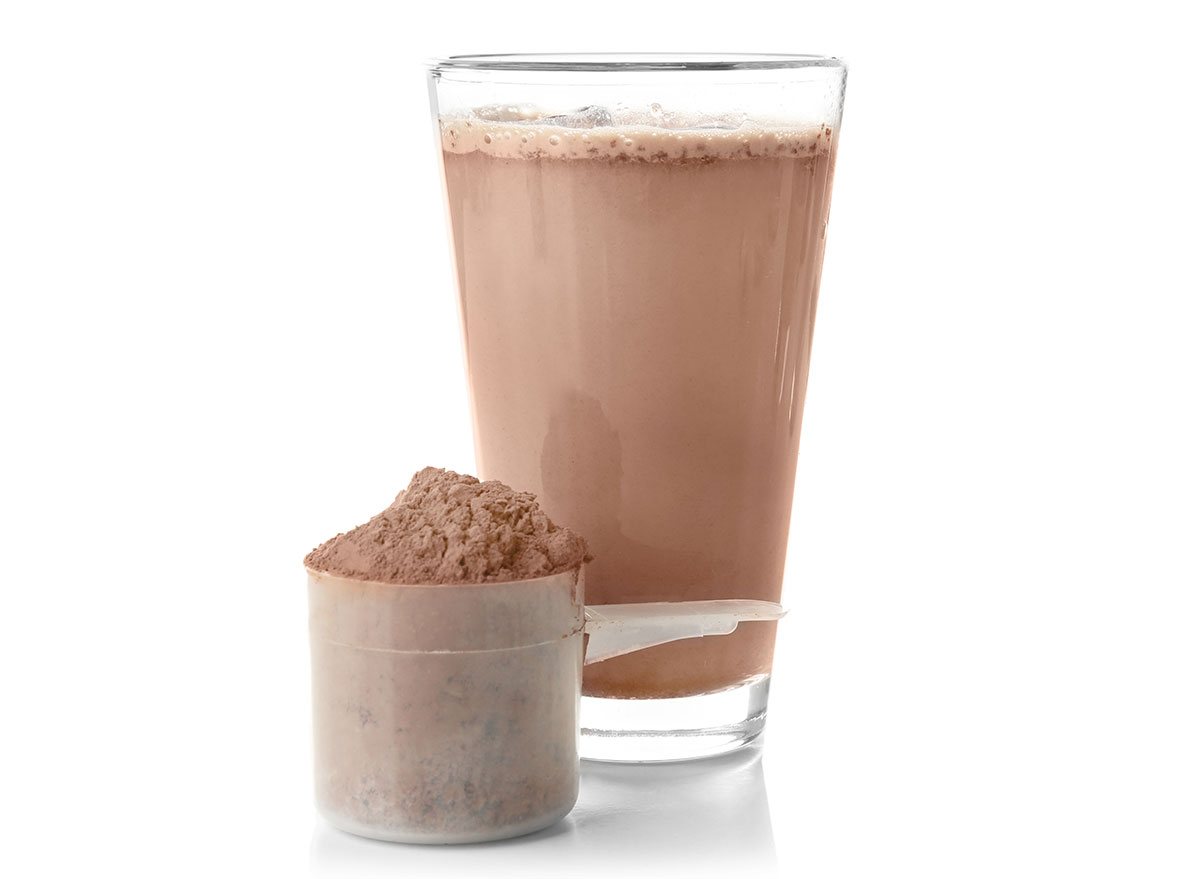
Having a high-quality protein shake for breakfast or lunch can help you control your calories and lose weight. But only if your other meals consist of real foods like lean protein, complex carbohydrates, and healthy fats, Cederquist says. If the only things you consume all day are shakes, that’s a recipe for deprivation. And when you do go back to solid food, the weight will pile back on.
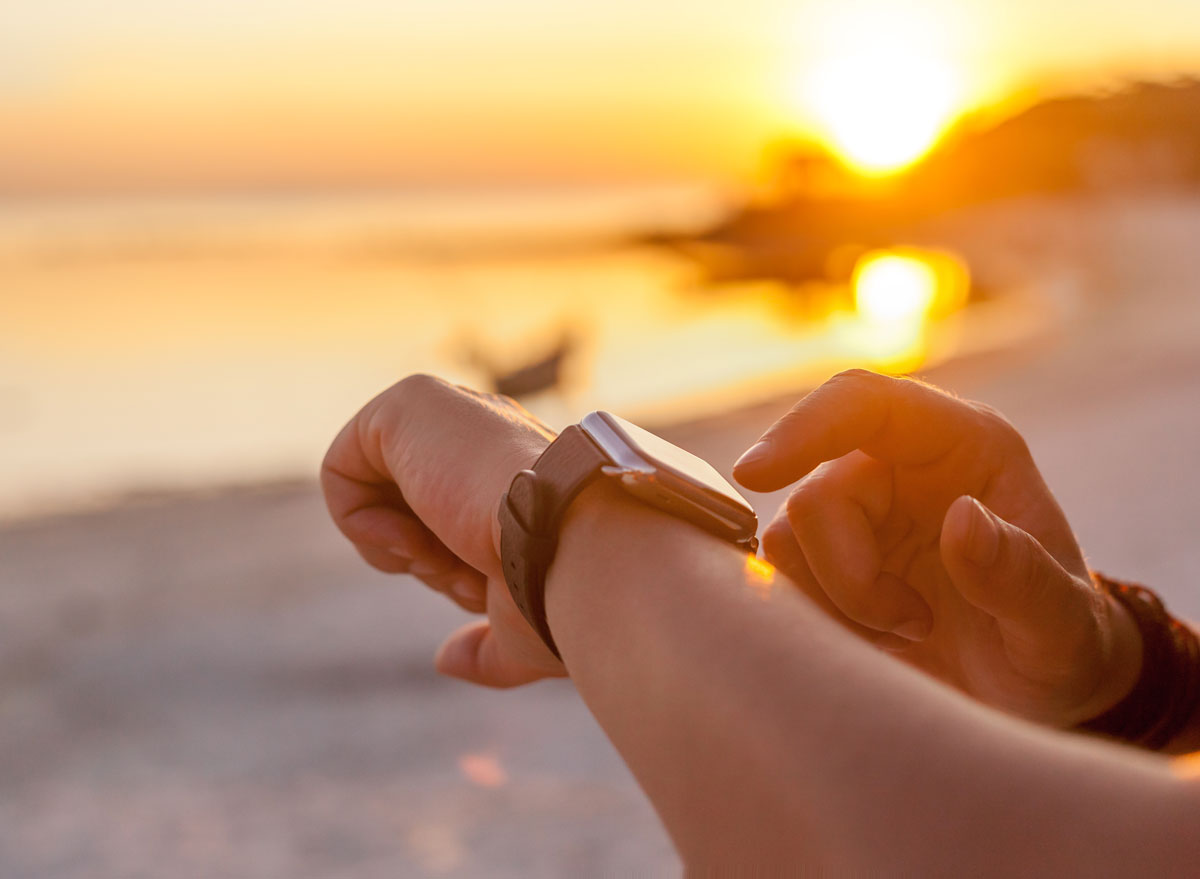
More exercise means more calories burned. But upping your activity level will likely make you hungrier and drive you to eat more, suggests one PLoS One study. And piling extra food on your plate—even healthy stuff—can easily erase that hard work you put in at the gym. Cut yourself off after an hour or two to ensure you’re able to control your hunger.

Cutting all your carbs in favor of meat, meat, and more meat might help you lose water weight in the short-term. But in the long-term, these kinds of diets aren’t actually any more effective at helping you drop pounds, says McDaniel. And after a while, you might start to really miss the occasional piece of bread. “That can leave you feeling deprived, which usually sets off a binge and restrict cycle that leaves you heavier than when you started,” she explains. To discover even more not-so-great things that happen when you overdo it on chicken, eggs, and beef, read up on what happens when you eat too much protein.

You might’ve heard that exercising when you’re hungry prompts your body to burn more fat. But a review article published in Strength and Conditioning Journal concluded that the opposite is true. When you hit the gym without fueling up, you’re more likely to end up losing muscle. And that’s bad news since muscle tissue burns more calories at rest than fat tissue.
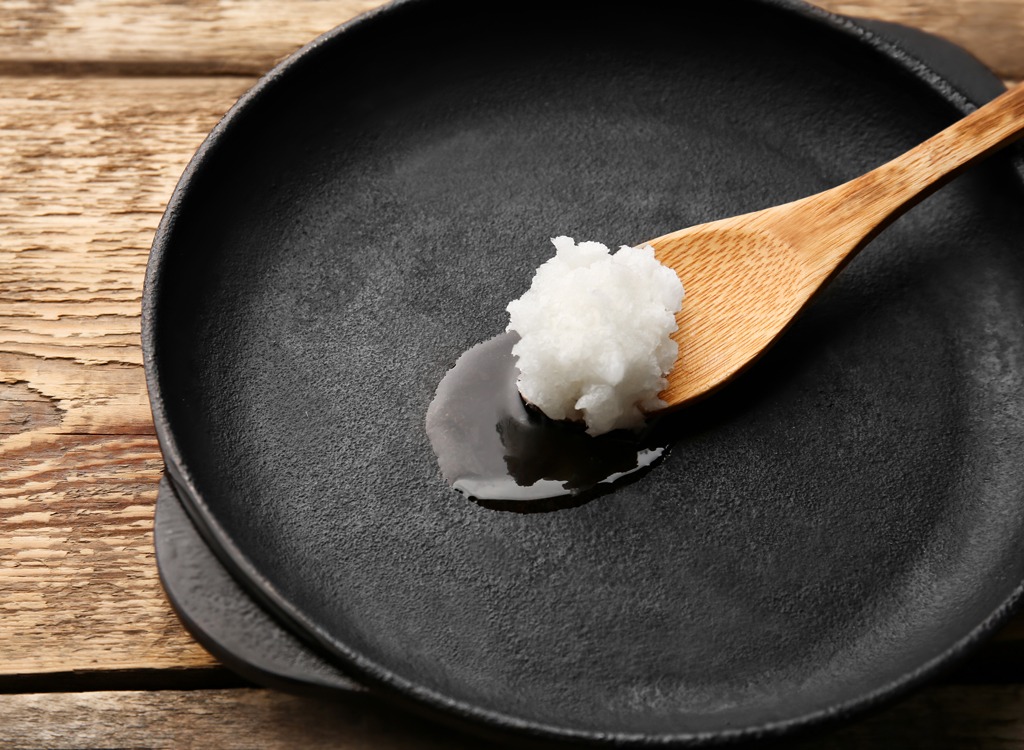
Some research suggests that the fatty acids in coconut oil could give your metabolism a small boost. But “there’s no evidence showing that it actually leads to weight loss,” says McDaniel. Plus, like other fats, a tablespoon of coconut oil contains 120 calories—so it’s easy to overdo it. Enjoy it if you like the flavor, but do so in moderation—and don’t expect that it will help you shed pounds, she says.
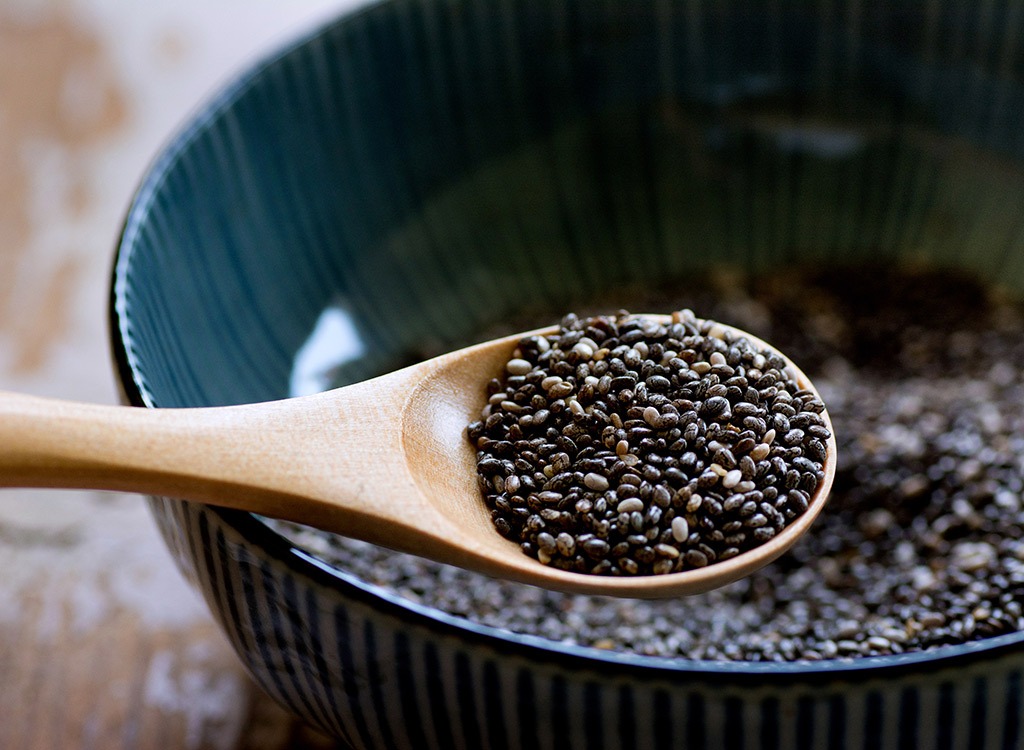
We repeat, dietary fats do not make you fat. In fact, foods rich in heart-healthy omega-3 fats, such as walnuts, chia seeds, and wild salmon play an important role in weight loss: They help keep you satiated, can lower your LDL levels, and lower blood sugar. What’s more, a study published in the journal Medicine and Science in Sports and Exercise found that when fish oil and exercise were combined, participants lost more fat and improved fitness and body composition than those who just exercised.

“The first step to losing weight is realizing that it is going to require a lifelong change, rather than a quick fix,” Natalie Rizzo, MS, RD, NYC-based dietitian explains to us in our article about the biggest diet mistakes. “That’s a big shift in mindset, but once you start thinking this way, it will help you in the long run. If losing weight was as easy as popping a pill or cutting out one food group, then no one would be overweight!”
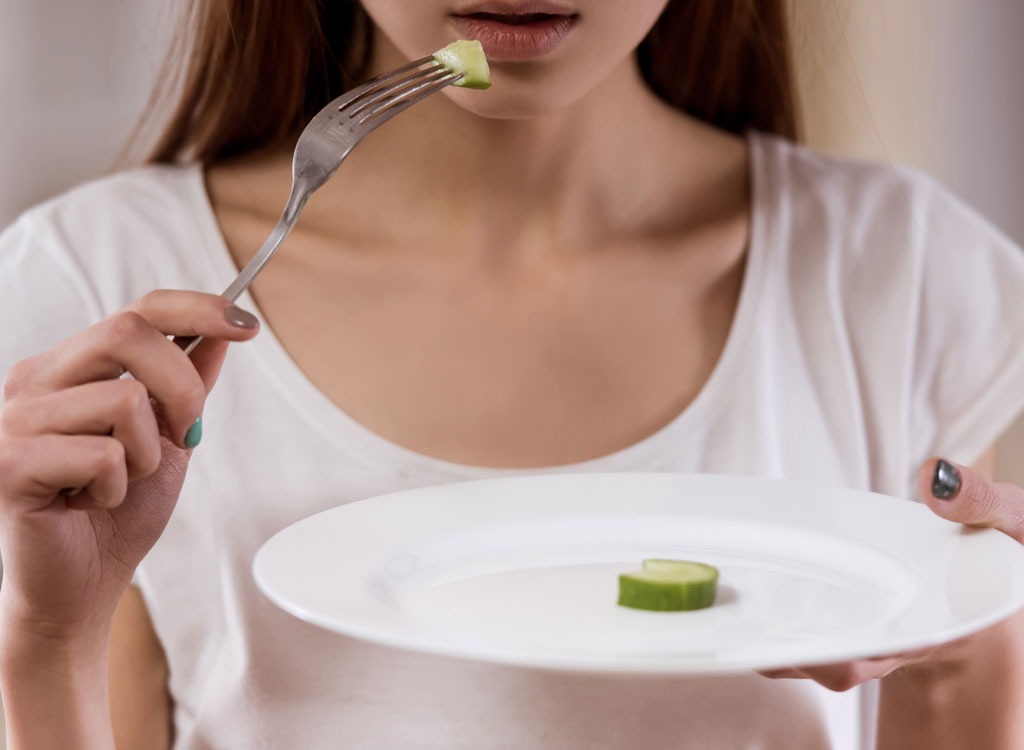
Did you vow not to open the fridge door after 6 p.m. or cut out all sugary foods? Lauren Manganiello, MS, RD, CDN; registered dietitian and personal trainer in NYC warns us. that being too restrictive with our eating habits can cause us to break these “rules” and overindulge, as a result. Instead of focusing on food rules, Manganiello suggests focusing on being more mindful of your eating habits. “Focus on including more healthier foods in your everyday life. And don’t throw in the towel on your healthy eating habits when you indulge. Instead, enjoy it and choose a healthier option for your next meal. Eating healthy isn’t an ‘all-or-nothing’ approach. It’s a lifestyle.”

Can you lose weight by not eating? Technically yes, but it’s an unhealthy way to lose weight. Cutting calories may be the key to losing weight, but if you overdo it, your waistline won’t budge. “When you’re not eating enough calories, your metabolism can slow down, you don’t have enough energy for workouts, and you’re more likely to binge eat,” Jim White, RD, ACSM and owner of Jim White Fitness tells us in common diet mistakes everyone makes. “We recommend nothing under a 1,200 calorie diet, especially for women.”
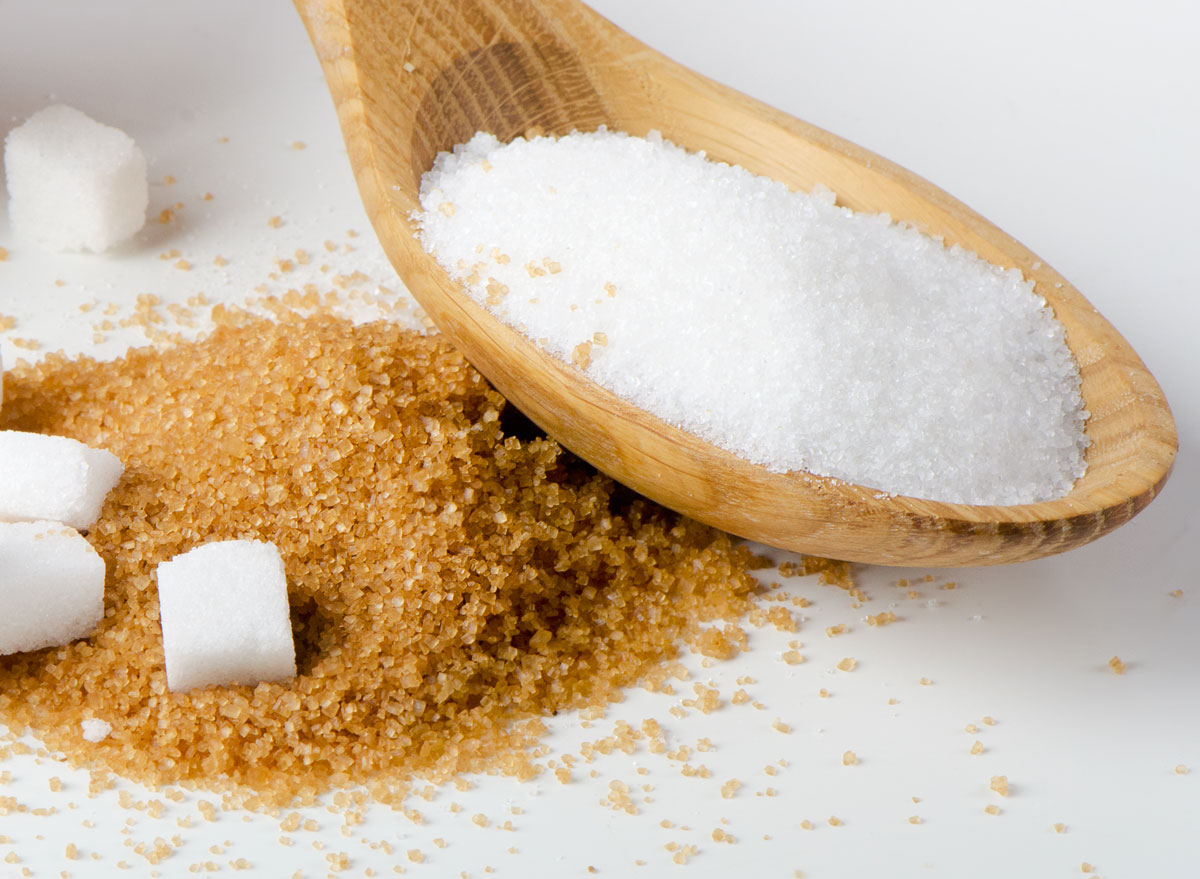
Just because a processed snack deems it is “sugar-free” on its colorful label, doesn’t mean you should choose it over, say, a piece of fruit. Many snacks devoid of sugar are also jam-packed with artificial sweeteners, which have been linked to a plethora of ailments from digestive issues to cancer. Skip the stuff altogether and opt for natural, whole foods as often as possible.
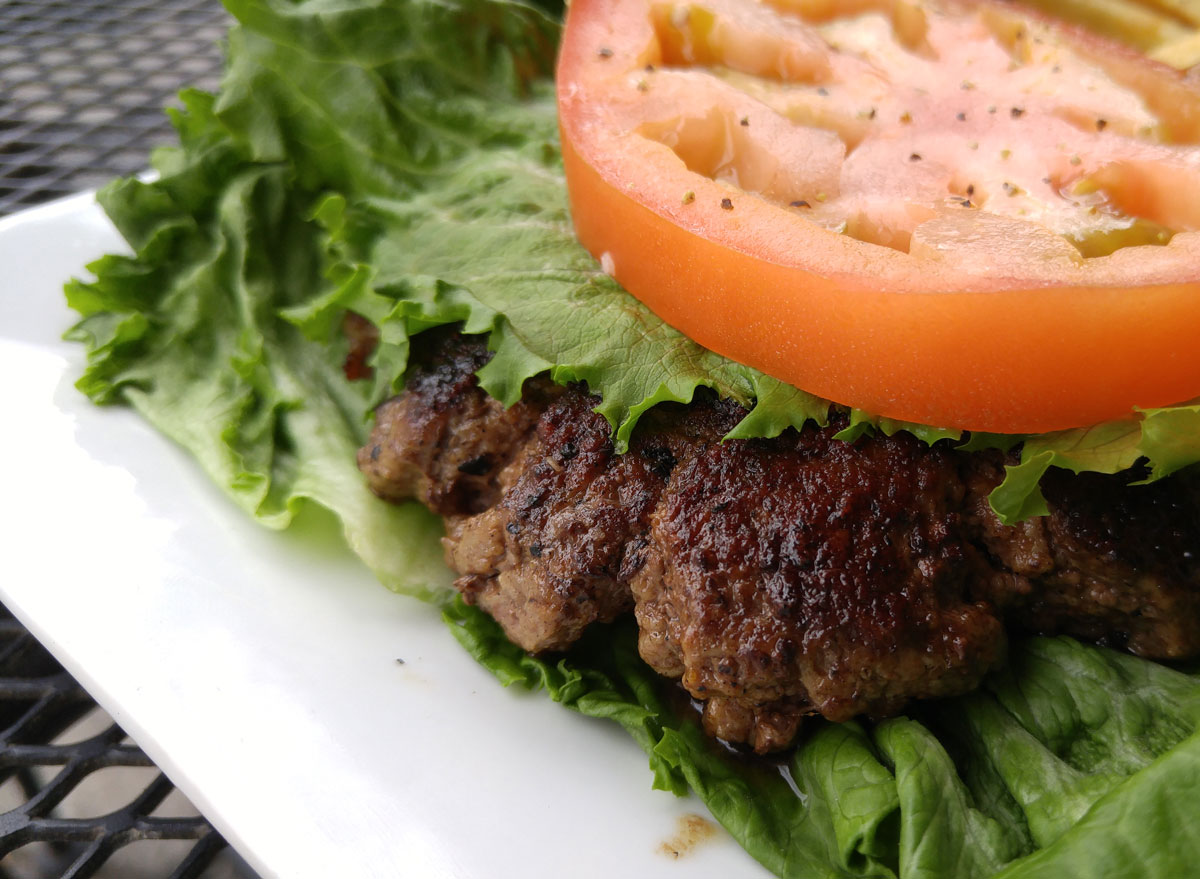
Refined carbohydrates such as desserts, sugar, white pasta, and white bread can increase your blood sugar levels and lead to weight gain, but fiber-rich complex carbs such as sweet potatoes and oatmeal can actually help you lose weight. Instead of helping you reach your goals faster, skimping on these slimming foods will likely deplete your energy levels, leaving you hangry and more apt to skip your workout.

“The body does an amazing job all on its own and does not need silly supplement detox programs to cleanse it,” Jennifer Neily, MS, RDN, LD, FAND divulges. “It’s absurd; there aren’t caked-on toxins hanging around your colon needing to be removed. Want to ‘detox?’ Purge your diet of manufactured food-like substances and eat fruits and veggies, whole grains, and lean protein!”
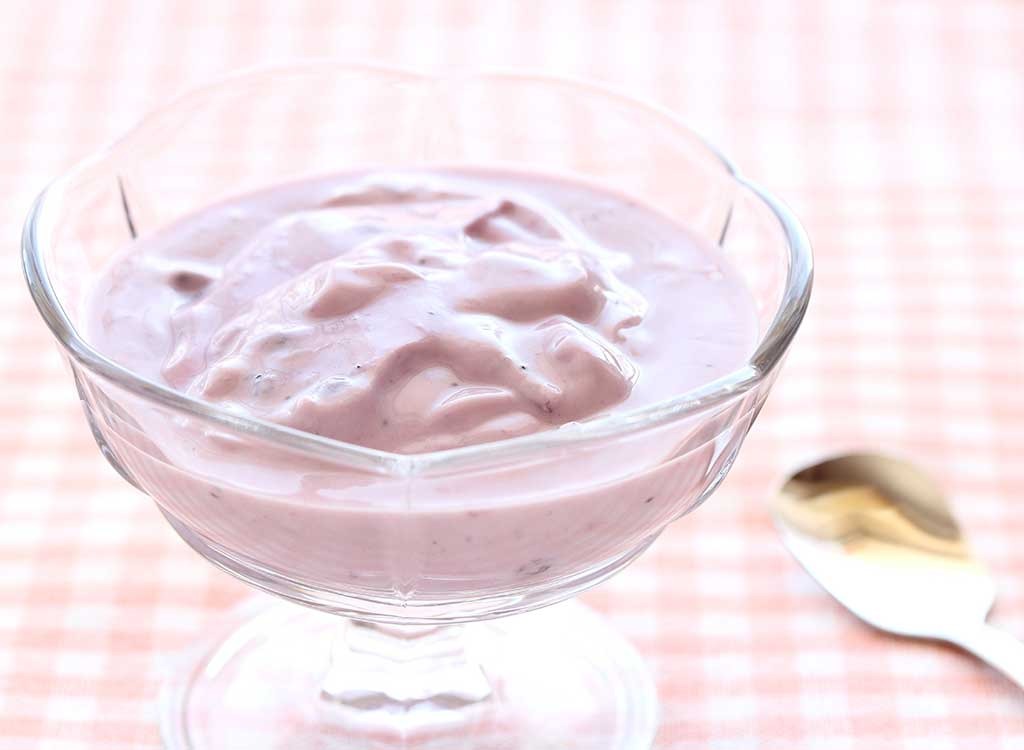
Yogurt is a wonderful snack for weight loss, as it’s brimming with waist-whittling fats and digestion-improving probiotics, but treating yourself to the wrong tub can potentially slow down your progress. Many brands contain added sugars in the form of “fruit on the bottom” or sweet toppings, which can crank up the sugar count to upwards of 20 grams. Try to choose a yogurt that has under 10 grams of sugar per serving, or better yet, go plain!

As we previously mentioned, juices aren’t as miraculous as they’re touted to be. Because juicers don’t make use of the fruit pulp and skin, your liquid ends up being void of satiating fiber. A quick fix? Zap your produce in the blender, instead. These smoothie recipes for weight loss use the entire fruit, skin and all, so that you get the most nutrient bang for your buck.

“Real weight loss takes time. Oftentimes, if we don’t see progress in the first week or two, we get discouraged and quit. Set one long-term goal as well as smaller, short-term goals. Use the short-term goals as stepping stones to your long-term goal. And celebrate your short-term goals along the way. Looking back at your success and seeing progress is one of the biggest motivators for long-term success,” Manganiello explains.
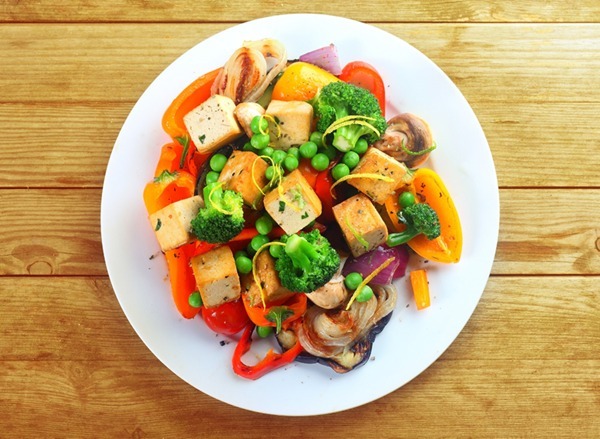
Sorry, going for seconds of salmon, guacamole, and quinoa can actually sabotage your weight loss goals. While these foods are packed with satiating protein, fats, and fiber, they’re also calorie-dense—so practicing moderation when munching is essential to trimming your waistline.

This popular fad diet involves supplementing a mostly-vegetarian lifestyle with an occasional fish- or meat-centered meal. “A lot of people who eat vegetarian or flexitarian tend to eat more grains, processed carbs, and sugar because there are no strict guidelines on unprocessed foods and vegetarianism. Incorporating eggs, yogurt, and fish every now and then is super beneficial for their omega-3s, probiotics, iron, biotin, and essential amino acids that plant proteins may not have,” Maria A. Bella, MS, RD, CDN explains.
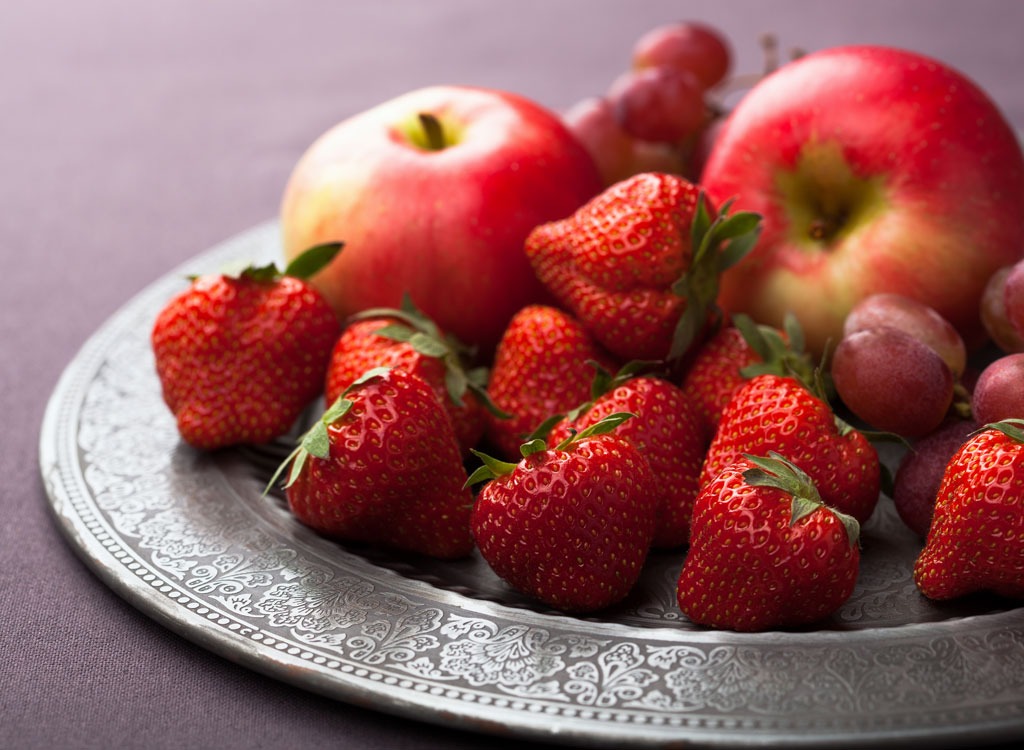
If you’re already vegan and want to kick it up a notch, know that this isn’t the best diet for maintainable weight loss. In addition to avoiding animal products or by-products, the raw vegan diet involves abstaining from eating foods that have been heated above 104 F. The premise behind it is that you maintain the nutritional integrity of the foods you’re consuming. However, certain foods—such as carrots, tomatoes, and spinach—benefit from cooking, as the heat helps extract nutrients.
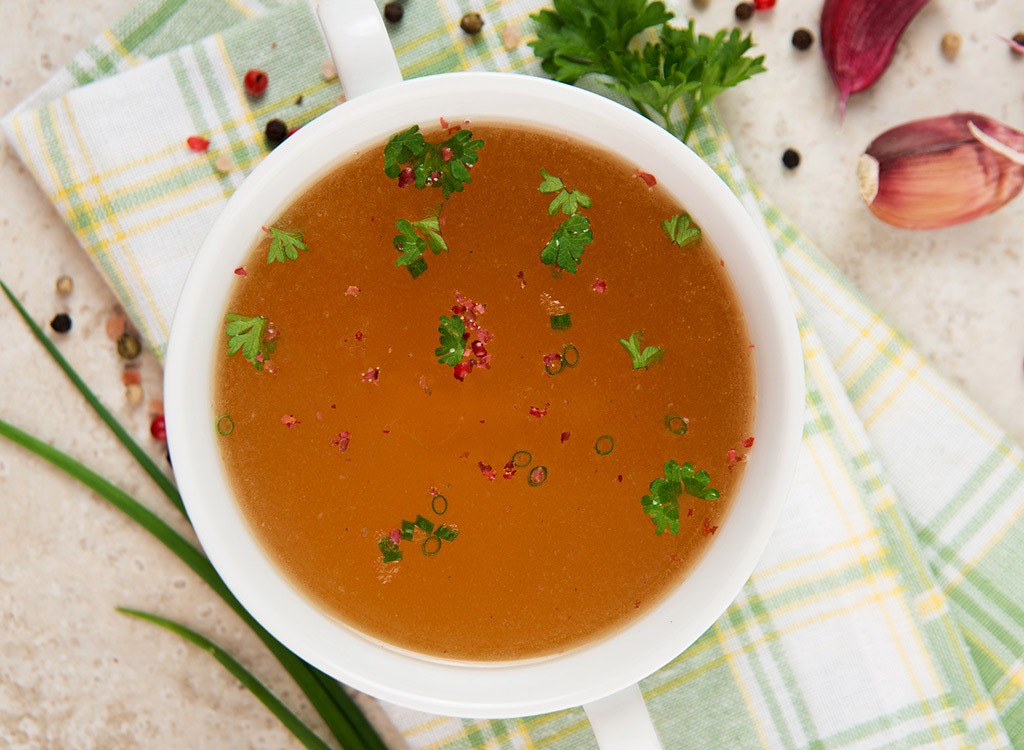
Just like juicing, souping requires you to stay away from solids and drink your meals in their pulverized form. Although soups tend to pack in more fiber and protein than juices do, these brews are usually high in blood-pressure-spiking sodium. Another downside: This diet is far from maintainable in the long run. After all, how long do you think you can last without chewing your food?
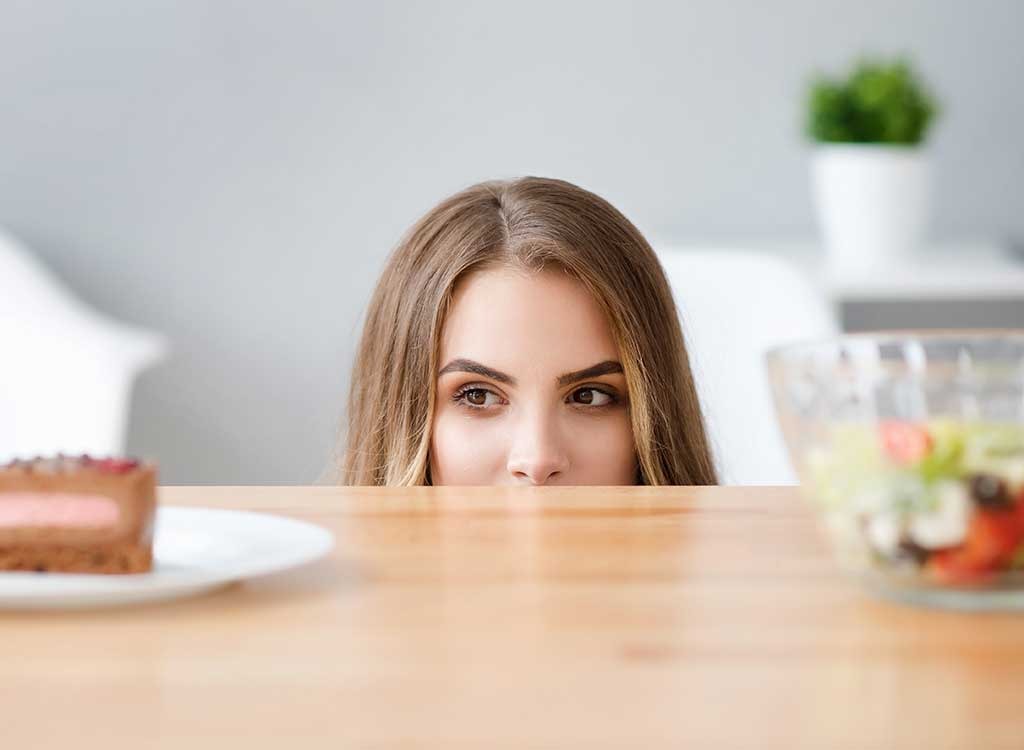
Craving a break from your diet? Science says you’ll lose more fat if you indulge in that cheeseburger and fries. According to a study published in the International Journal of Obesity, dieters who took a two-week break from their low-calorie meal plan lost more weight than those who dieted consistently.
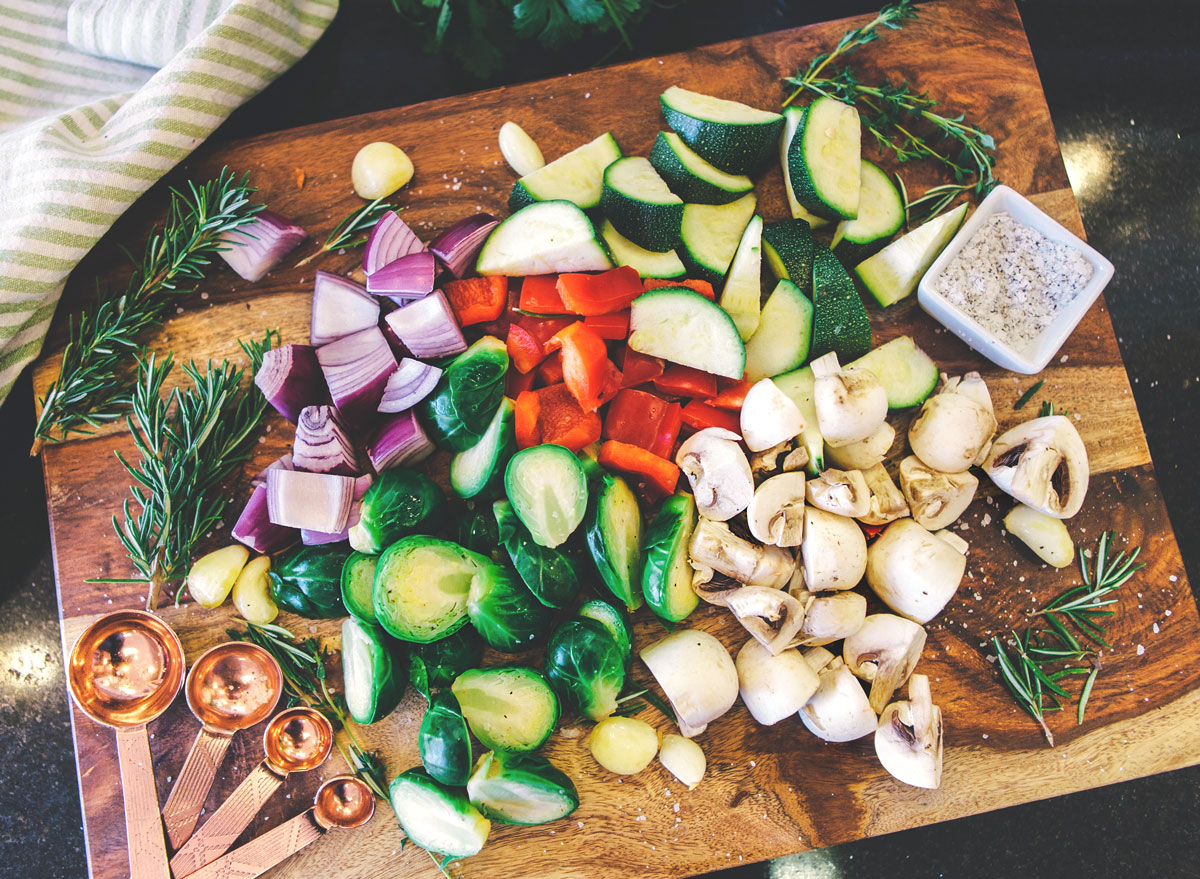
Forgetting to pack lunch or to keep healthy snacks at your desk can make or break your progress. Waiting until you’re ravenous to choose your next meal can leave you four guilt-ridden bites into a caloric burrito. Try prepping the week’s meals on Sunday and packing them in air-tight containers until you’re ready to grab and go.
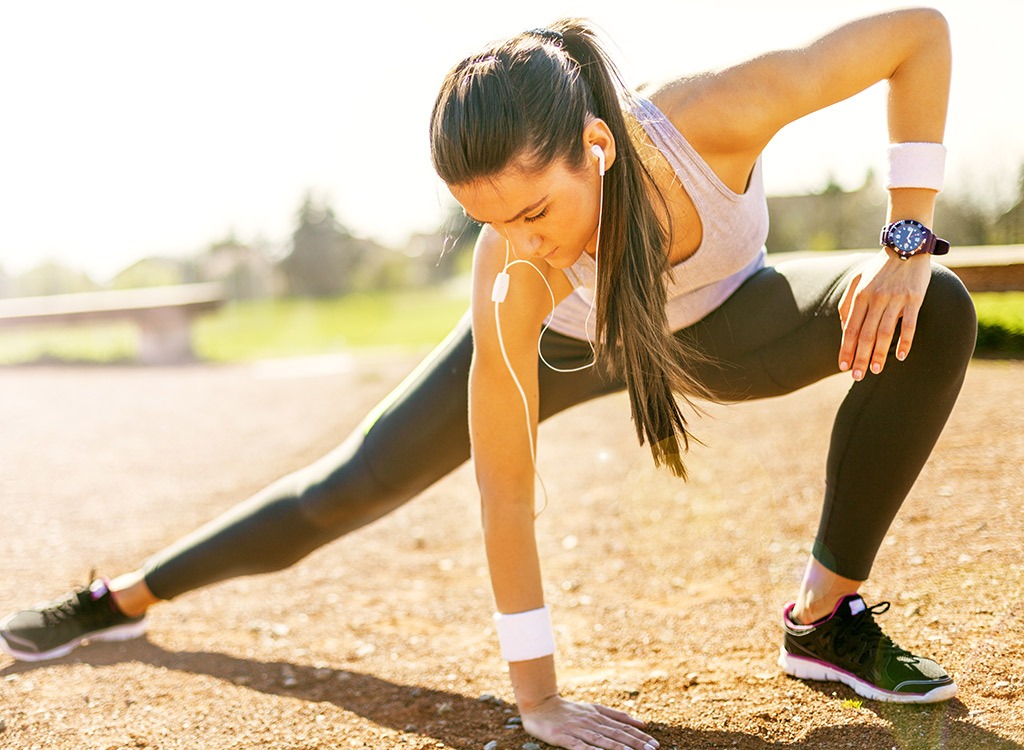
Thinking about how you’ll lose weight and maintain your new body by trying to outrun a bad diet? It simply won’t work! “Eating a well-balanced diet while decreasing [calories] by 500–750 will promote weight loss… Exercise at moderate to high-intensity levels three to five per week for 30-60 minutes,” White says. “[You] have to put in the work to see the results.”
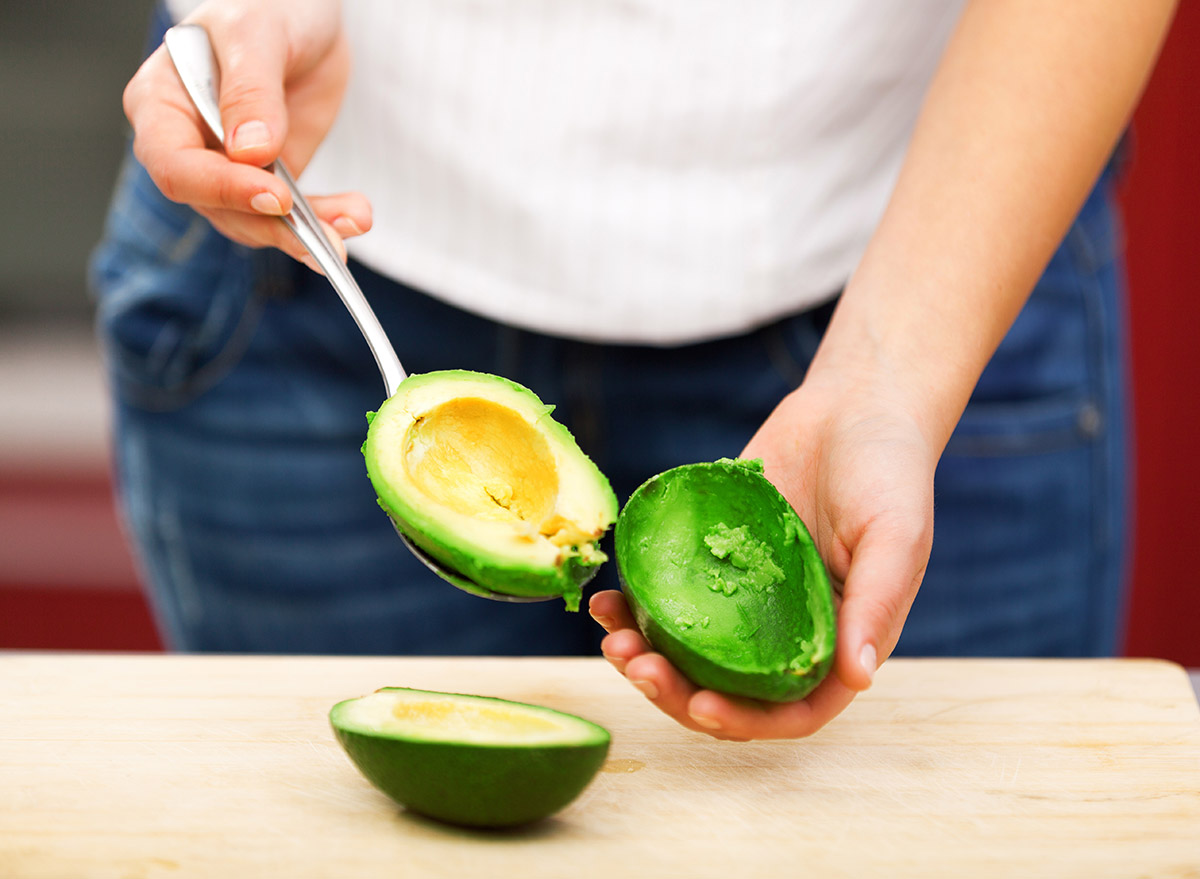
You know what one of the Side Effects of Eating Too Much Avocado, According to Science is? Weight gain. Avocados are high in fat, thus, they are calorically dense. Did you know that the recommended serving size for an avocado is just one-fifth of the fruit? If you ate the whole thing, you’d consume over 320 calories—that’s more calories than what is in some entire frozen dinners! Don’t get us wrong, avocados are healthy. But just make sure that, like everything else, you’re eating them in moderation. Remember: weight loss is a calories game.

Those pricey diet pills celebrities endorse on social media aren’t going to trim your waistline as much as they’ll target your wallet. In fact, the FDA warns that many of these OTC supplements may contain harmful ingredients or compounds that haven’t been tested in human trials. Avoid the gimmicks and stick to choosing whole foods for long-term weight loss.
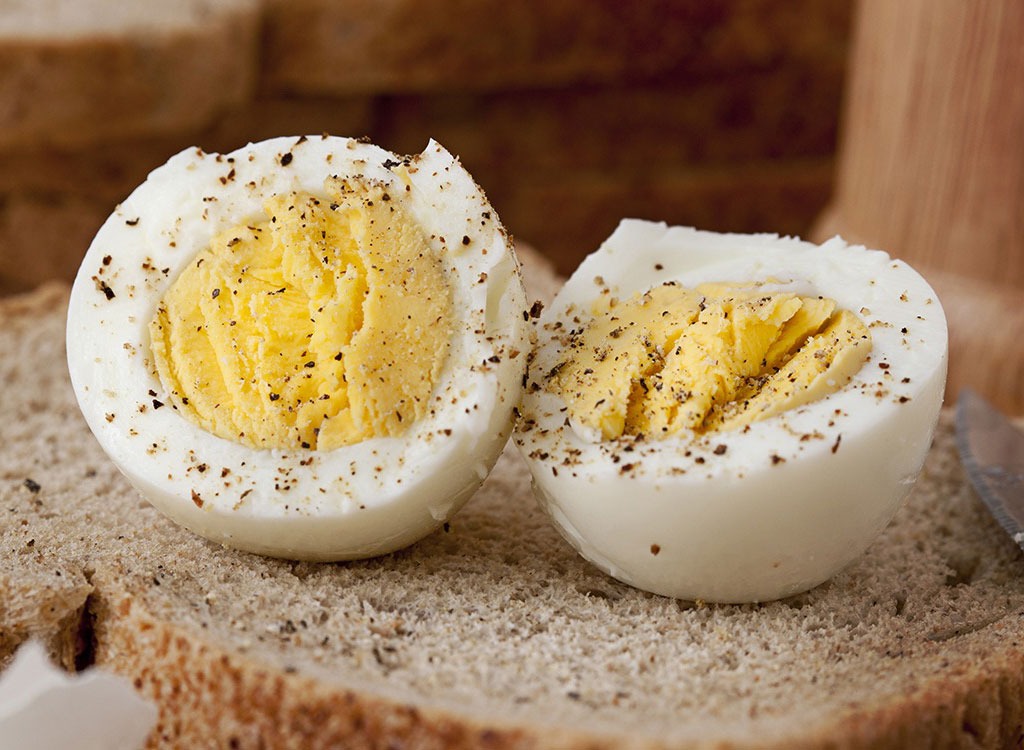
The ever-popular Military Diet claims you can lose up to 10 pounds in three days by eating strict meals such as a cup of cottage cheese with a hard-boiled egg and 5 saltine crackers. The issue? Besides being clearly unsustainable, this diet seriously lacks lean protein, fruits, vegetables, whole grains, and healthy fats.
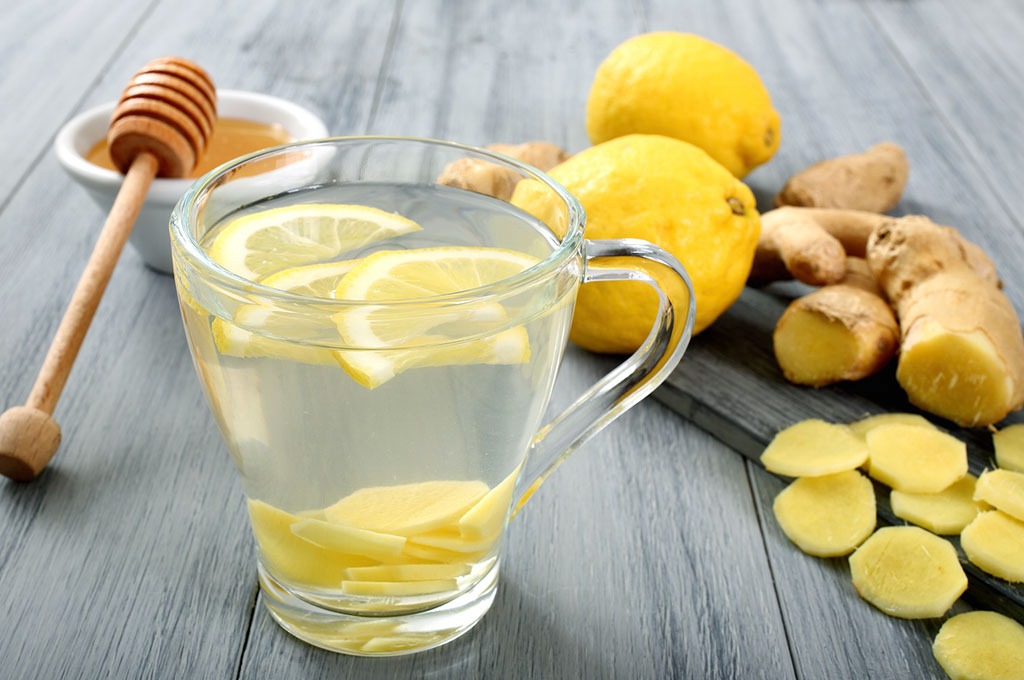
The fact that Beyonce tried it shouldn’t encourage you to stock up on lemons, maple syrup, and cayenne. “You will lose weight on this diet but it will be water weight, lean muscle tissue, and possibly bone, too,” says Janine Whiteson, MS, author, and nutritionist. “You will regain it immediately once you start eating a regular diet again. It’s not a long-term solution to losing weight and keeping it off. Also, there is no proof that it actually detoxifies your body; that’s what your liver does!”
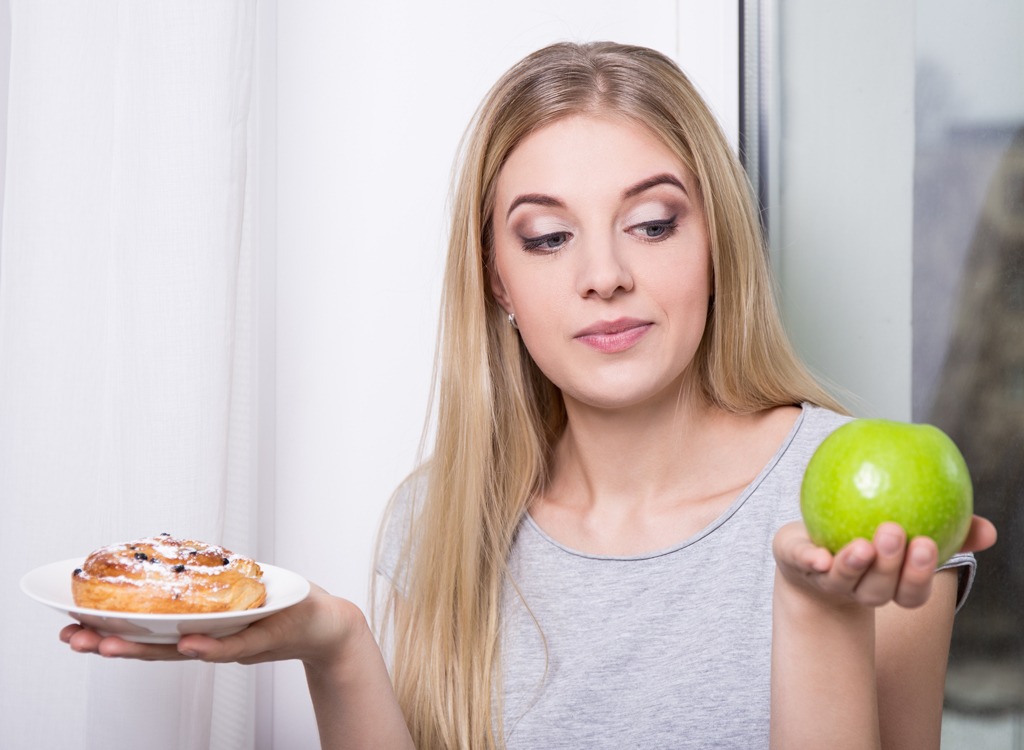
While calorie counting is an effective way to lose weight, there is a downside. Without proper research or guidance, you may think that all calories are equal. And while a calorie is a calorie, eating 1,500 calories of potato chips, cookies, and soda won’t fill you up like 1,500 calories of fruits, veggies, and lean protein would. If you’re counting your calories, fill up on protein, fiber, and healthy fats and leave some room for a small indulgence with health benefits such as dark chocolate, frozen fruit, or coconut chips.
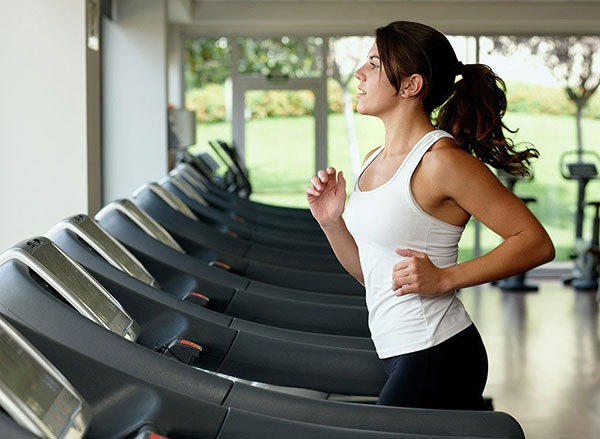
Hitting the treadmill may help you track the calories you’ve lost, but the weight rack is significantly more efficient. “Lifting heavy weights is the best way to increase your metabolism, sustain long-term muscle growth and stay lean. If you’re doing more than ten reps with ease, your weight probably isn’t heavy enough, so vary your reps and consistently increase the amount you’re lifting,” says Dustin Hassard, NCSF, Head Coach at Modern Athletics.
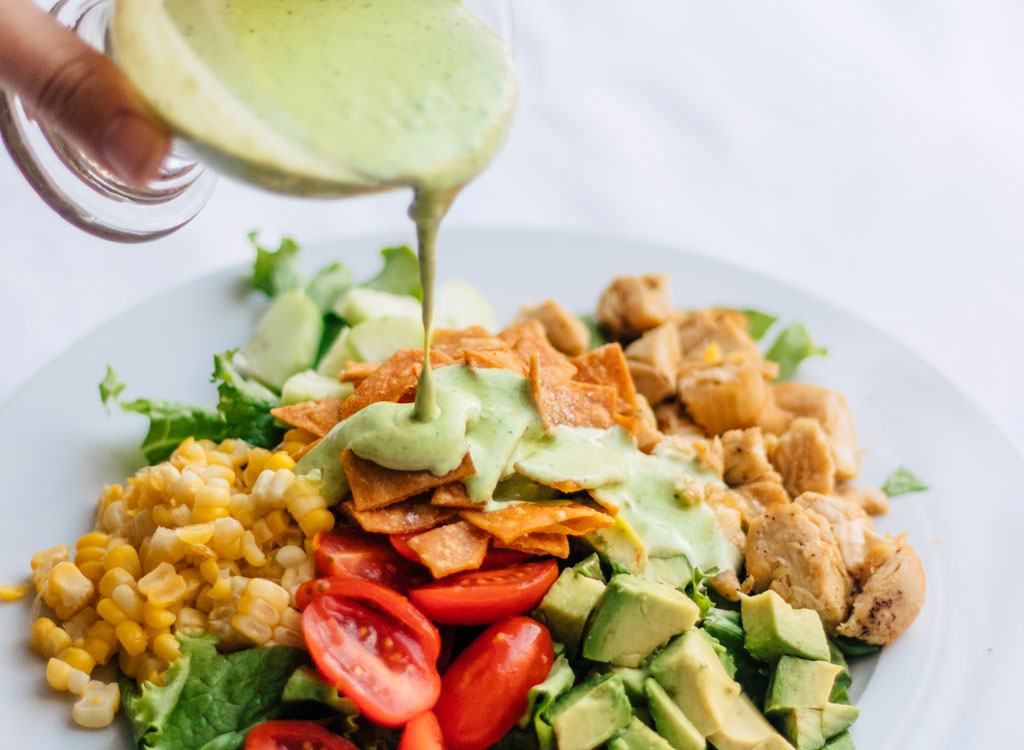
Ordering the salad over a sandwich seems like the healthier choice—but not always. Some salads (like these The 17 Worst Restaurant Salads in America) can actually be worse than your average cheeseburger. If you’re tossing together a bowl of greens at home, make sure to skip the garlic croutons and ranch dressing and opt for less-starchy toppings and just a small handful of nuts or a fourth of an avocado for flavor.

While you should always replenish your body with lean protein and healthy carbs to help build and repair muscles post-workout, allowing yourself to indulge in a food free-for-all won’t help you reach your goals. Many believe that if they spend an extra hour at the gym, they can add a side of fries to that burger post-sweat sesh. But usually, people overestimate the number of calories they burned during their workout and underestimate the calories in their meal. Remember, you still need a calorie deficit to lose weight.

You might’ve heard that snacking in between meals can boost your metabolism. However, inserting your hand into that Ziploc bag one too many times can result in a few extra inches on your waistline. To avoid a snacking faux pas, practice portion control by always measuring out serving sizes in advance and avoid eating straight from that giant bag of bean crisps you bought at Costco.
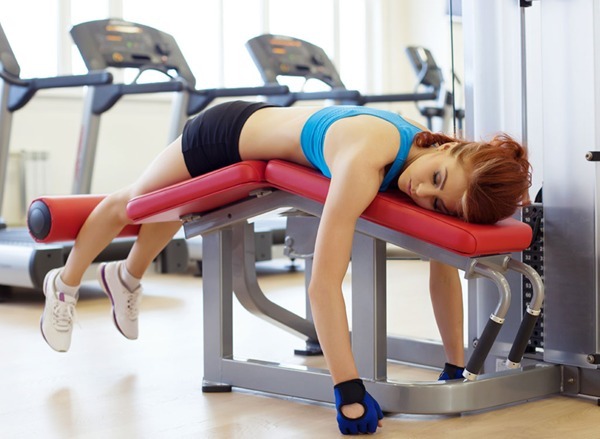
We’re commending you for sticking to a consistent workout regimen, but when you choose a kickboxing class over an extra hour of sleep too often, you may be undoing those hard-earned weight loss wins. A study in the European Society of Endocrinology found that “metabolically healthy, sleep-deprived human subjects prefer larger food portions, seek more calories, exhibit signs of increased food-related impulsivity, experience more pleasure from food, and expend less energy.”

Don’t fret: You won’t gain weight from eating fruits (in moderation, of course). The natural dietary fiber in fruits helps balance your blood sugar, making grapefruits, strawberries, and cherries sweet choices for slimming down.
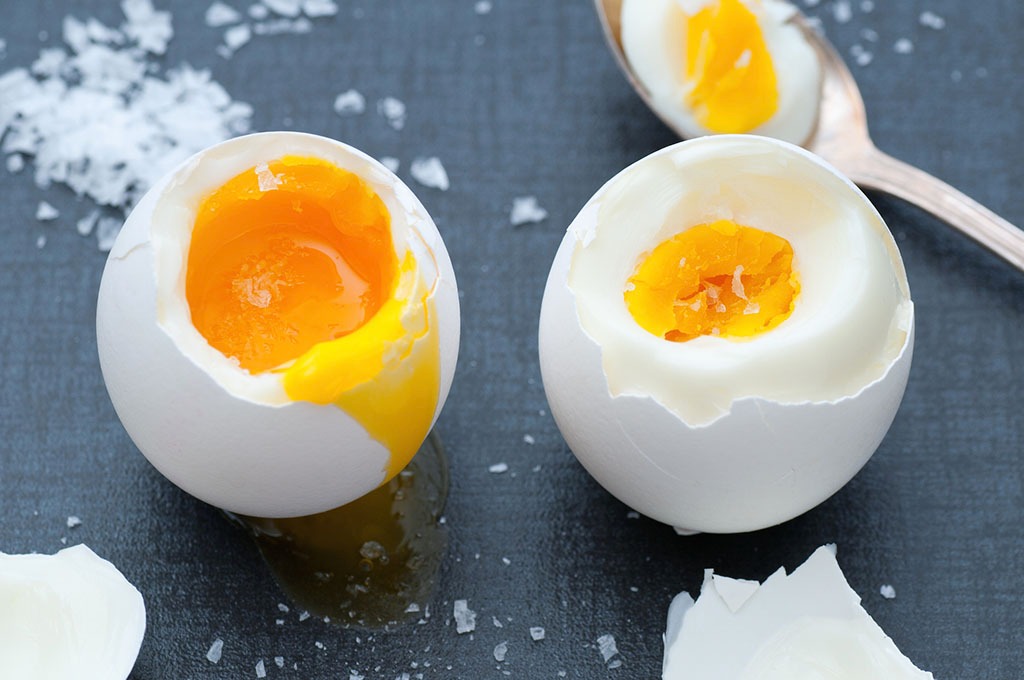
Although the egg yolk contains more calories than the egg white, the yellow orb also packs in 43 percent of the egg’s total protein as well as metabolism-stoking nutrients, including fat-soluble vitamins, essential fatty acids and—most significantly—choline, a powerful compound that attacks the gene mechanism that triggers your body to store fat around your liver.
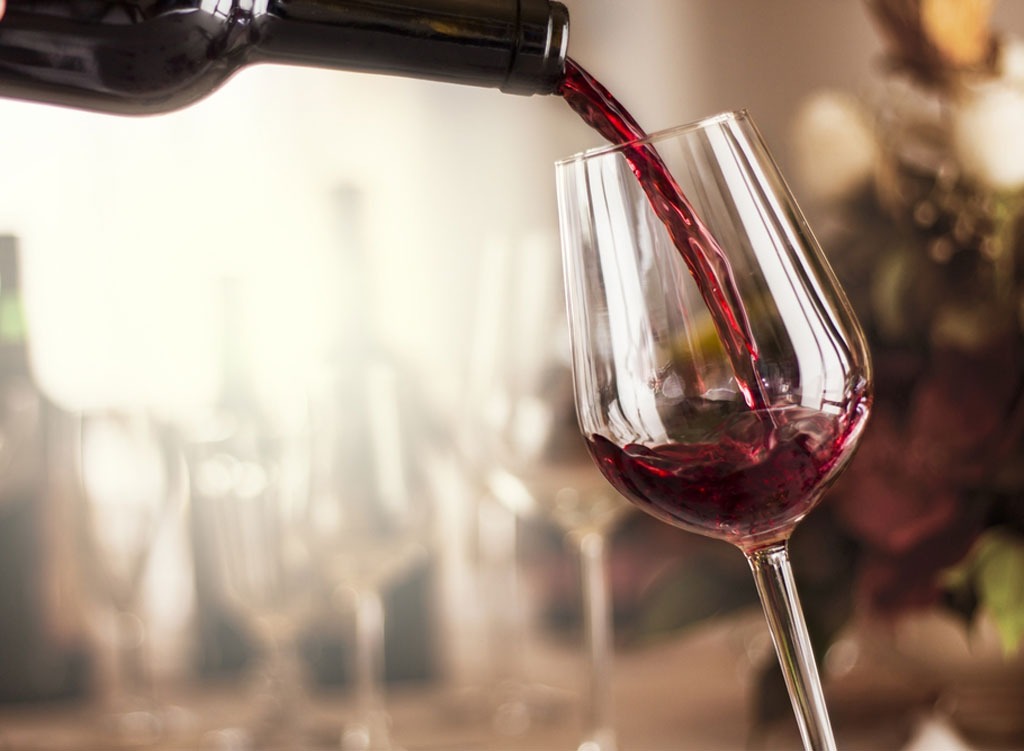
When it comes to happy hour, red wine may be your best bet. Unfortunately, just like with other alcohol, it’s relatively easy to go overboard and pour with a heavy hand, racking up calories quickly. Make sure you stick to the recommended five-ounce serving to reap the antioxidant benefits without widening your waistline.
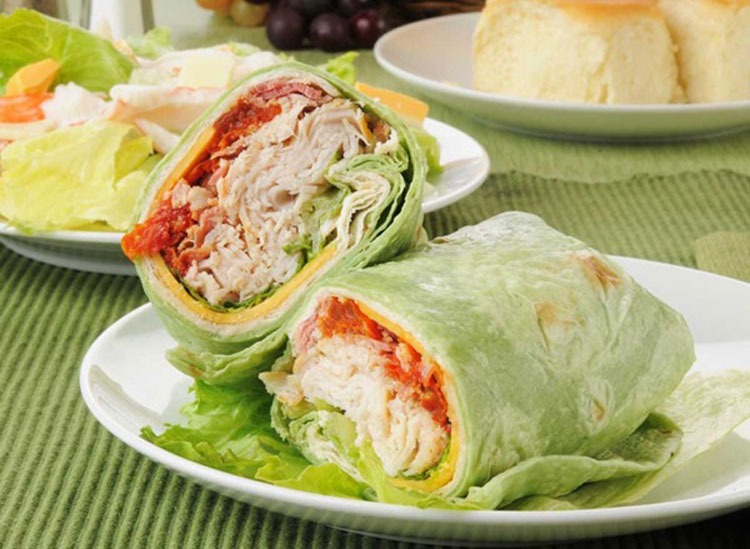
While a wrap may be thinner than a fluffy slice of bread, leading you to believe it clocks in at fewer calories, many tortillas pack in more fat and calories than two slices of bread in order to achieve that doughy texture. If you’re not a fan of bread, try wrapping your sandwich fixings in a lettuce leaf instead.

Forking into a slice of cheesecake or a fudge brownie every day will surely stall your slim-down progress, but giving up desserts altogether isn’t your best bet, either. In fact, it might even help your weight-loss efforts to indulge in a cheat meal. Instead of foregoing your favorite treats, try testing out healthier modifications. For example, you can substitute white flour for protein- and fiber-rich pulse flour or swap chocolate chips for carob chips when baking at home.
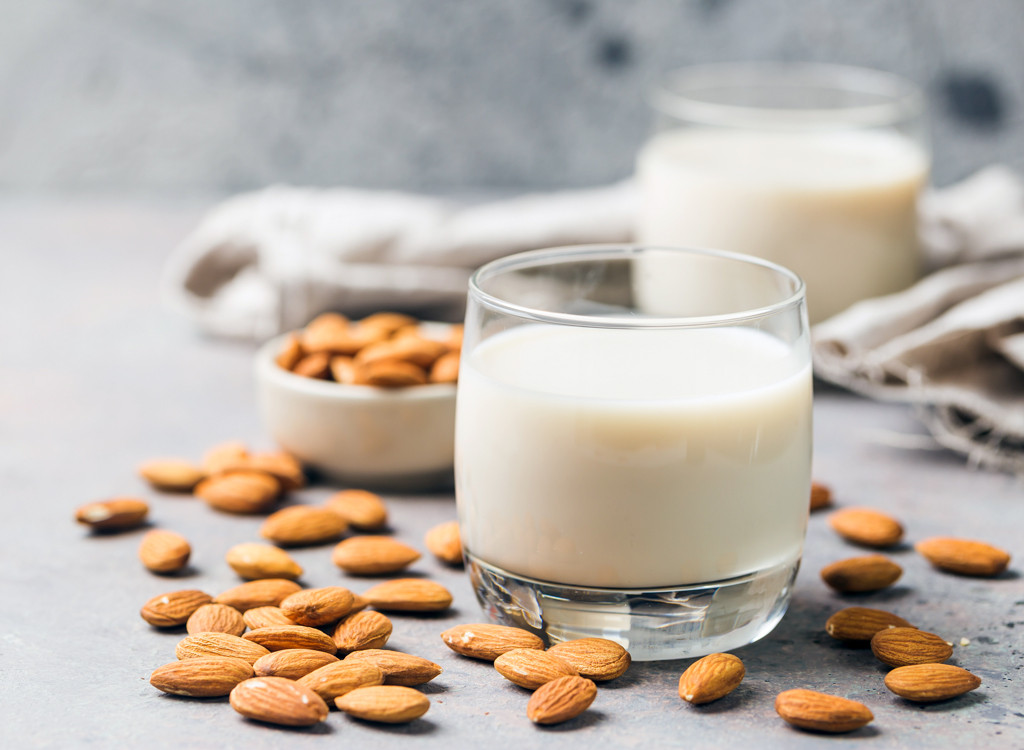
Almond milk is essentially glorified water: It contains virtually no fiber and just one gram of protein, but upwards of 5 grams of sugar if you opt for the sweetened version. So if you’re adding it to your morning cup of Joe, you’re actually better off taking it black. When looking to lighten up your java, choose dairy milk; the fats will aid in satiety.
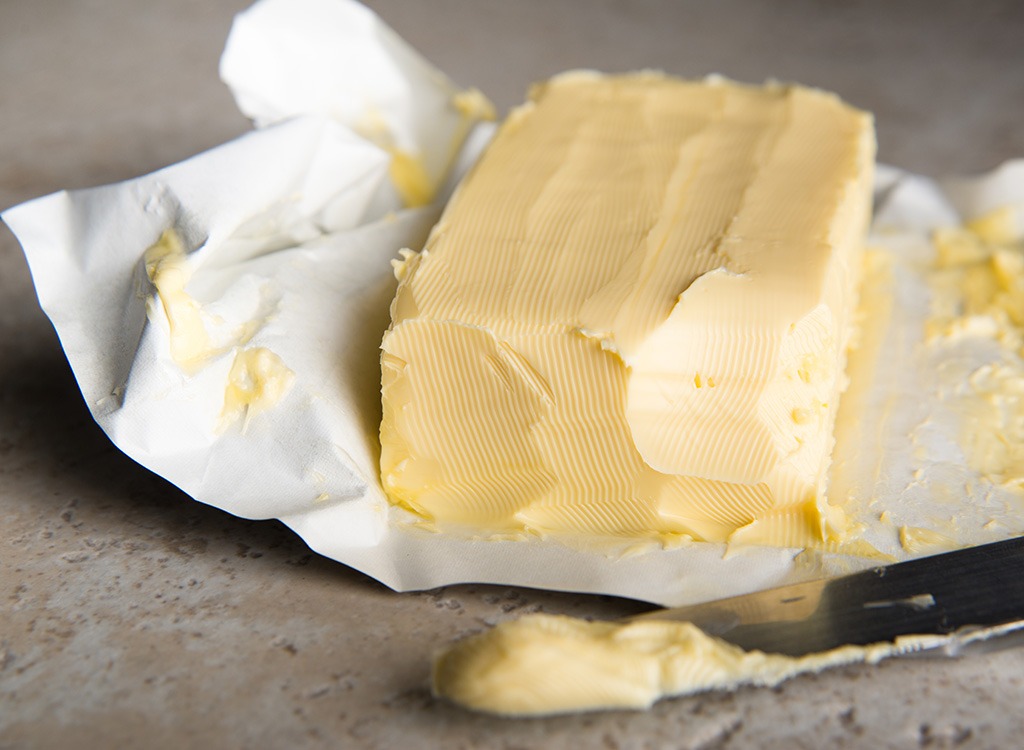
Butter gets a bad rap for being high in saturated fats, but the salty spread has actually been linked to weight loss thanks to the natural concentration of tummy-toning CLA. On the other hand, margarine is made with partially-hydrogenated fats, which potentially pack in heart-disease-inducing man-made trans fats.
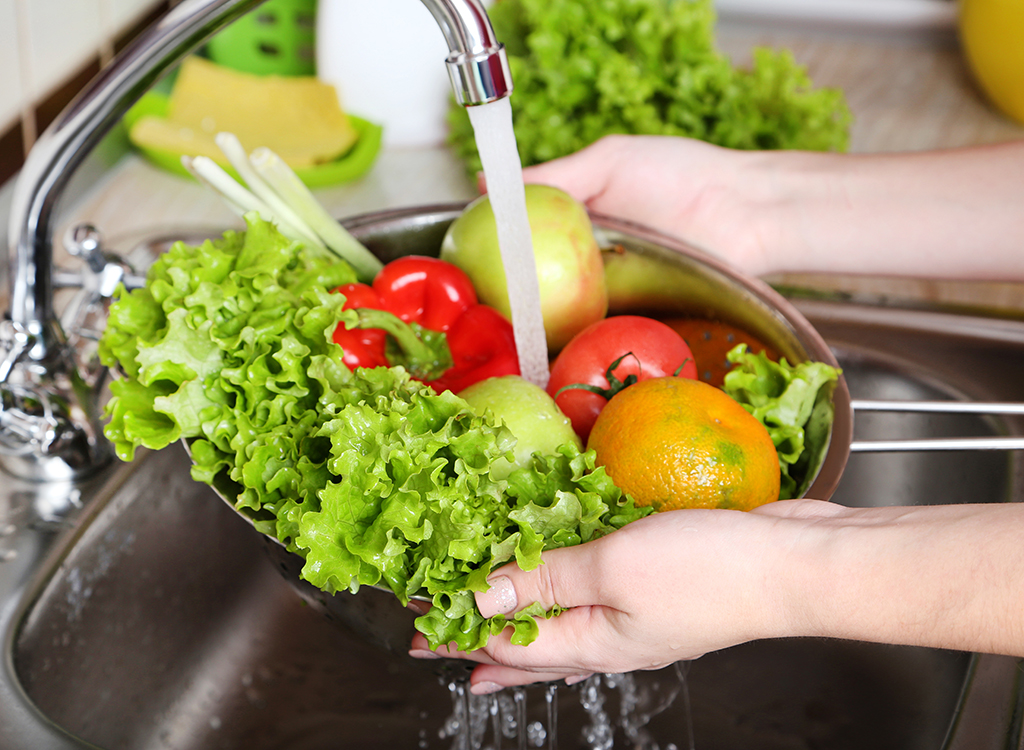
Kudos for filling your fridge with broccoli florets, bags of spinach, and berries. But if you want to ditch the spare tire, try stocking your freezer with produce, too. When frozen fruits and veggies are picked at their peak ripeness, they pack in the most nutrients. Flash-freezing them at this time ensures that when you toss them into your blender or stir-fry them as a dinner side, you’re getting the most bang for your buck. Once you have some frozen veggies and fruit, here are 17 Surprisingly Delicious Things to Do with Frozen Produce.


























